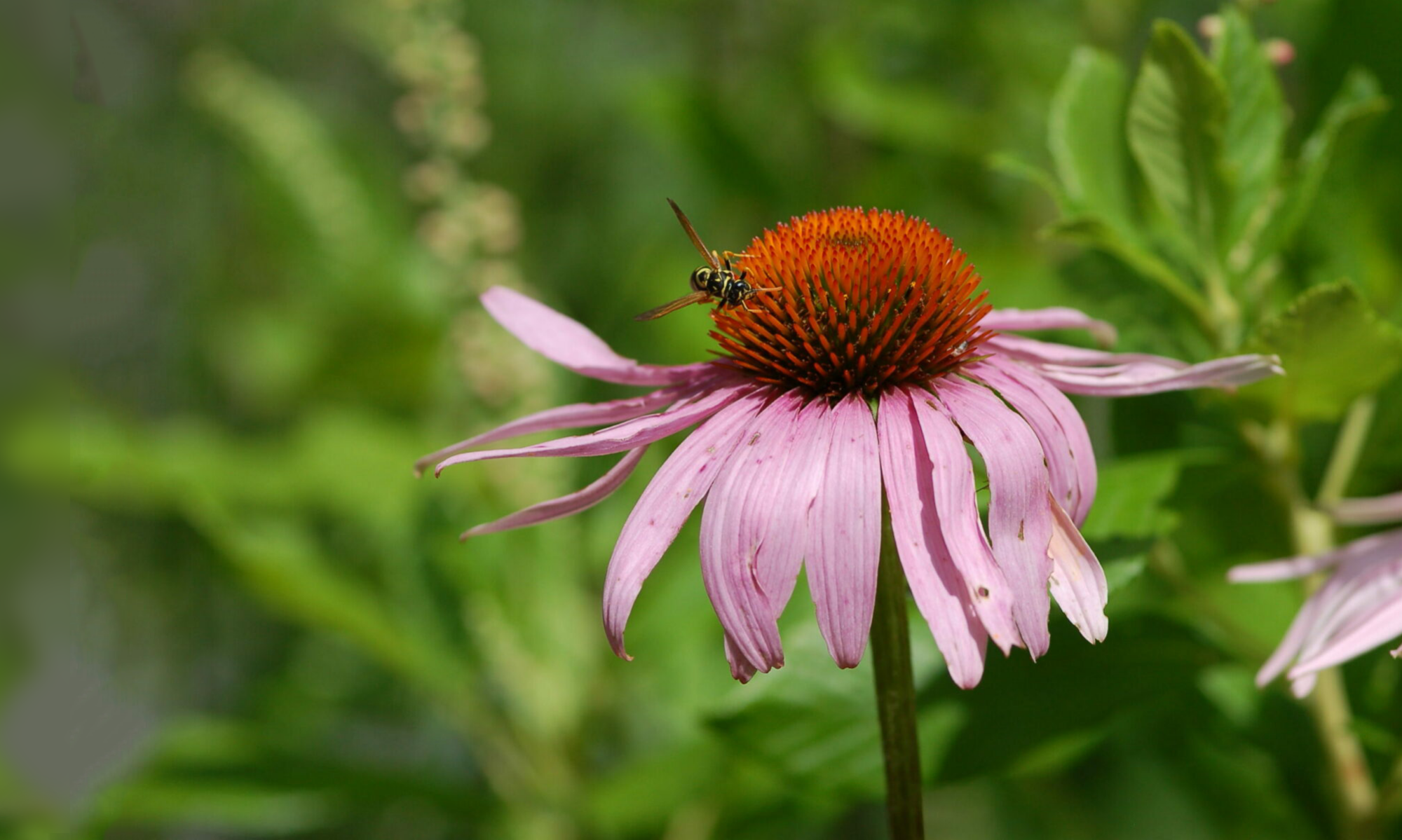
This past weekend we set out our bird feeders; I’ve been staring out windows ever since. The usual fellows are visiting: tufted titmice, chickadees, dark-eyed juncos, blue jays, cardinals, mourning doves, downy woodpeckers. And white-breasted nuthatches, like the one in the image above. I’ve always loved the tidy nuthatches, so sharp-looking in their crisp gray and black feathers. But on Saturday, I spotted a pair that didn’t look quite right to me. They were scruffier than usual. Buffier in the breast. Wearing strange eye patches. Wait a second …
RED-breasted nuthatches!
I’ve not seen red-breasted nuts at my home feeders in more than fifteen years of watching. We’ve not added a new-to-us species to our birding journal since this sharp-shinned hawk stopped by last year. And I’ve not felt so grateful for a bird since this little brown creeper cheered up the winter of 2010.
“Those who dwell among the beauties and mysteries of the earth are never alone or weary in life,” Rachel Carson once said. This weekend, her words rang truer than ever.
Happy Wednesday, friends. I hope it’s a wild one.










